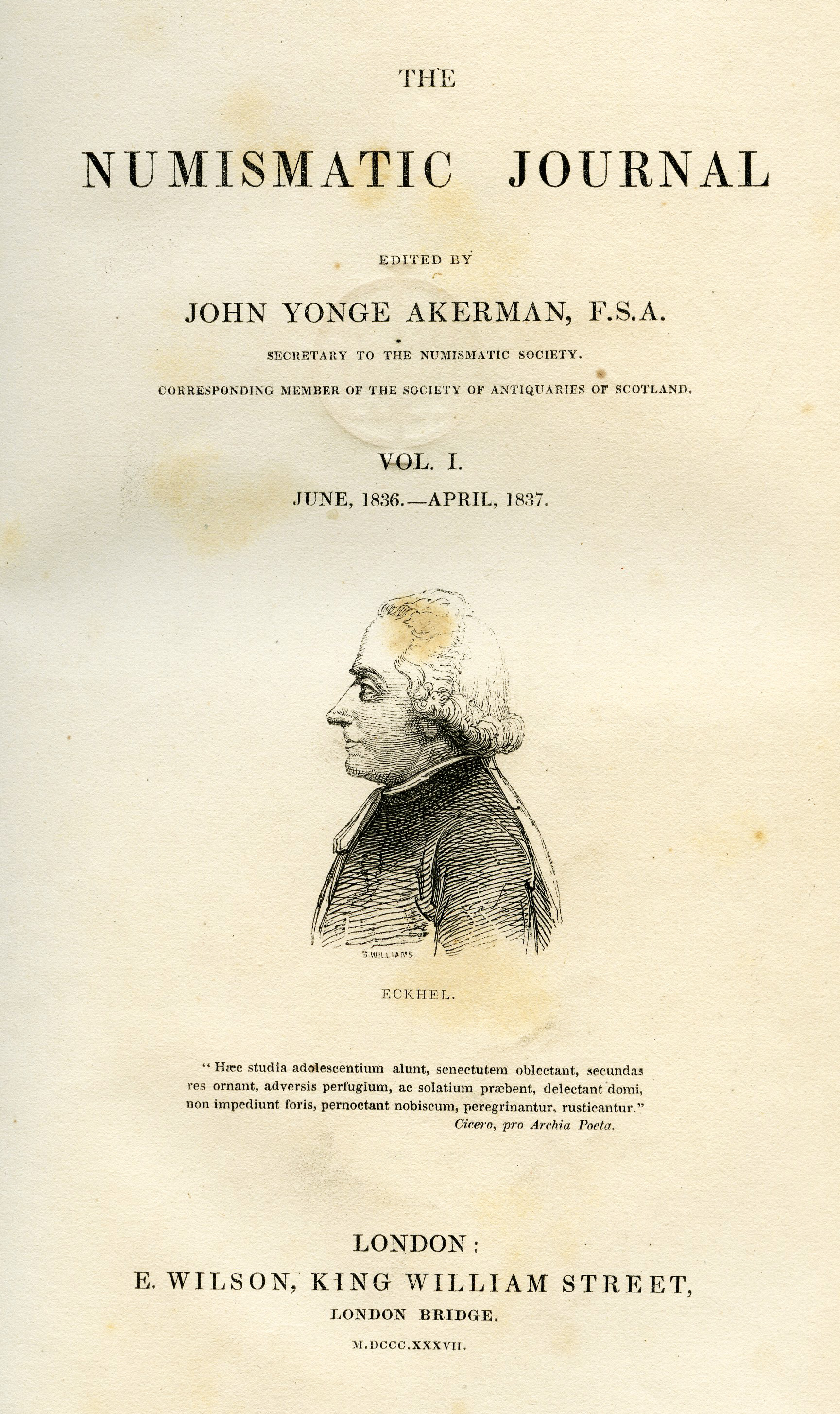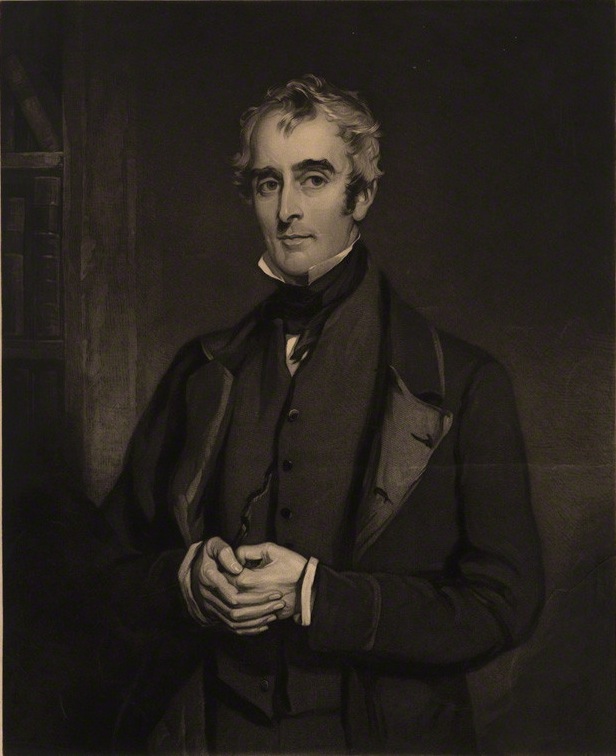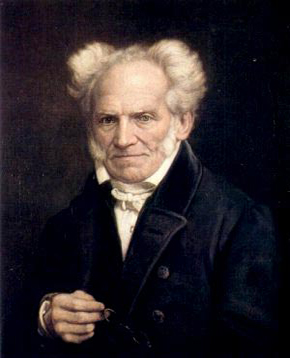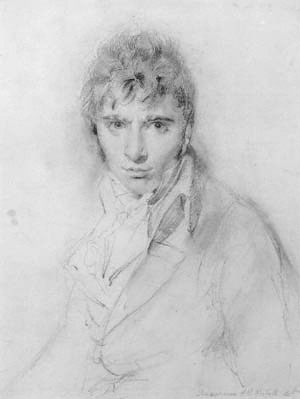|
Samuel Williams (engraver)
Samuel Williams (23 February 1788 – 19 September 1853) was a British draughtsman and wood-engraver. Life Williams was born at Colchester, on 23 February 1788. He was apprenticed to the Colchester printer J. Marsden, but taught himself to draw and engrave on wood, and adopted printmaking as his profession, and became known as a specialist in landscapes. He established himself first in Colchester, and then in 1819 settled in London. In the early part of his life Williams also painted miniatures, and a few oil pictures. Having a facility in design, he used his own drawings for a high proportion of his prints. His first patron was Benjamin Crosby the publisher, for whom he illustrated a work on natural history in 1810. He was elected a member of the American Antiquarian Society in 1819. John Orrin Smith and George Baxter were his pupils. Williams died on 19 September 1853. Works From his own designs, Williams produced the illustrations to: * Charles Whittingham's editio ... [...More Info...] [...Related Items...] OR: [Wikipedia] [Google] [Baidu] |
Wood Engraving
Wood engraving is a printmaking technique, in which an artist works an image or ''matrix'' of images into a block of wood. Functionally a variety of woodcut, it uses relief printing, where the artist applies ink to the face of the block and prints using relatively low pressure. By contrast, ordinary engraving, like etching, uses a metal plate for the matrix, and is printed by the intaglio method, where the ink fills the ''valleys'', the removed areas. As a result, wood engravings deteriorate less quickly than copper-plate engravings, and have a distinctive white-on-black character. Thomas Bewick developed the wood engraving technique in Great Britain at the end of the 18th century. His work differed from earlier woodcuts in two key ways. First, rather than using woodcarving tools such as knives, Bewick used an engraver's burin (graver). With this, he could create thin delicate lines, often creating large dark areas in the composition. Second, wood engraving traditionally uses ... [...More Info...] [...Related Items...] OR: [Wikipedia] [Google] [Baidu] |
John Gibson Lockhart
John Gibson Lockhart (12 June 1794 – 25 November 1854) was a Scottish writer and editor. He is best known as the author of the seminal, and much-admired, seven-volume biography of his father-in-law Sir Walter Scott: ''Memoirs of the Life of Sir Walter Scott, Bart'' Early years Lockhart was born on 12 June 1794 in the manse of Cambusnethan House in Lanarkshire to Dr John Lockhart, who transferred in 1796 to Glasgow, and was appointed minister in the Presbyterian Church of Scotland, and his second wife Elizabeth Gibson (1767–1834), daughter of Margaret Mary Pringle and Reverend John Gibson, minister of St Cuthbert's, Edinburgh. He was the younger paternal half-brother of the politician William Lockhart. Lockhart attended Glasgow High School, where he showed himself clever rather than industrious. He fell into ill-health, and had to be removed from school before he was 12; but on his recovery he was sent at this early age to the University of Glasgow, and displayed so muc ... [...More Info...] [...Related Items...] OR: [Wikipedia] [Google] [Baidu] |
People From Colchester
A person ( : people) is a being that has certain capacities or attributes such as reason, morality, consciousness or self-consciousness, and being a part of a culturally established form of social relations such as kinship, ownership of property, or legal responsibility. The defining features of personhood and, consequently, what makes a person count as a person, differ widely among cultures and contexts. In addition to the question of personhood, of what makes a being count as a person to begin with, there are further questions about personal identity and self: both about what makes any particular person that particular person instead of another, and about what makes a person at one time the same person as they were or will be at another time despite any intervening changes. The plural form "people" is often used to refer to an entire nation or ethnic group (as in "a people"), and this was the original meaning of the word; it subsequently acquired its use as a plural form of p ... [...More Info...] [...Related Items...] OR: [Wikipedia] [Google] [Baidu] |
English Male Painters
English usually refers to: * English language * English people English may also refer to: Peoples, culture, and language * ''English'', an adjective for something of, from, or related to England ** English national identity, an identity and common culture ** English language in England, a variant of the English language spoken in England * English languages (other) * English studies, the study of English language and literature * ''English'', an Amish term for non-Amish, regardless of ethnicity Individuals * English (surname), a list of notable people with the surname ''English'' * People with the given name ** English McConnell (1882–1928), Irish footballer ** English Fisher (1928–2011), American boxing coach ** English Gardner (b. 1992), American track and field sprinter Places United States * English, Indiana, a town * English, Kentucky, an unincorporated community * English, Brazoria County, Texas, an unincorporated community ... [...More Info...] [...Related Items...] OR: [Wikipedia] [Google] [Baidu] |
19th-century English Painters
The 19th (nineteenth) century began on 1 January 1801 ( MDCCCI), and ended on 31 December 1900 ( MCM). The 19th century was the ninth century of the 2nd millennium. The 19th century was characterized by vast social upheaval. Slavery was abolished in much of Europe and the Americas. The First Industrial Revolution, though it began in the late 18th century, expanding beyond its British homeland for the first time during this century, particularly remaking the economies and societies of the Low Countries, the Rhineland, Northern Italy, and the Northeastern United States. A few decades later, the Second Industrial Revolution led to ever more massive urbanization and much higher levels of productivity, profit, and prosperity, a pattern that continued into the 20th century. The Islamic gunpowder empires fell into decline and European imperialism brought much of South Asia, Southeast Asia, and almost all of Africa under colonial rule. It was also marked by the collapse of th ... [...More Info...] [...Related Items...] OR: [Wikipedia] [Google] [Baidu] |
English Engravers
English usually refers to: * English language * English people English may also refer to: Peoples, culture, and language * ''English'', an adjective for something of, from, or related to England ** English national identity, an identity and common culture ** English language in England, a variant of the English language spoken in England * English languages (other) * English studies, the study of English language and literature * ''English'', an Amish term for non-Amish, regardless of ethnicity Individuals * English (surname), a list of notable people with the surname ''English'' * People with the given name ** English McConnell (1882–1928), Irish footballer ** English Fisher (1928–2011), American boxing coach ** English Gardner (b. 1992), American track and field sprinter Places United States * English, Indiana, a town * English, Kentucky, an unincorporated community * English, Brazoria County, Texas, an unincorporated community ... [...More Info...] [...Related Items...] OR: [Wikipedia] [Google] [Baidu] |
1853 Deaths
Events January–March * January 6 – Florida Governor Thomas Brown signs legislation that provides public support for the new East Florida Seminary, leading to the establishment of the University of Florida. * January 8 – Taiping Rebellion: Zeng Guofan is ordered to assist the governor of Hunan in organising a militia force to search for local bandits. * January 12 – Taiping Rebellion: The Taiping army occupies Wuchang. * January 19 – Giuseppe Verdi's opera ''Il Trovatore'' premieres in performance at Teatro Apollo in Rome. * February 10 – Taiping Rebellion: Taiping forces assemble at Hanyang, Hankou, and Wuchang, for the march on Nanjing. * February 12 – The city of Puerto Montt is founded in the Reloncaví Sound, Chile. * February 22 – Washington University in St. Louis is founded as Eliot Seminary. * March – The clothing company Levi Strauss & Co. is founded in the United States. * March 4 – Inauguration of Franklin Pierce as 14th President of t ... [...More Info...] [...Related Items...] OR: [Wikipedia] [Google] [Baidu] |
1788 Births
Events January–March * January 1 – The first edition of ''The Times'', previously ''The Daily Universal Register'', is published in London. * January 2 – Georgia ratifies the United States Constitution, and becomes the fourth U.S. state under the new government. * January 9 – Connecticut ratifies the United States Constitution, and becomes the fifth U.S. state. * January 18 – The leading ship (armed tender HMS ''Supply'') in Captain Arthur Phillip's First Fleet arrives at Botany Bay, to colonise Australia. * January 22 – the Congress of the Confederation, effectively a caretaker government until the United States Constitution can be ratified by at least nine of the 13 states, elects Cyrus Griffin as its last president.''Harper's Encyclopaedia of United States History from 458 A. D. to 1909'', ed. by Benson John Lossing and, Woodrow Wilson (Harper & Brothers, 1910) p167 * January 24 – The La Perouse expedition in the ''Astrolabe'' and '' Boussole'' arrives ... [...More Info...] [...Related Items...] OR: [Wikipedia] [Google] [Baidu] |
Richard Westall
Richard Westall (2 January 1765 – 4 December 1836) was an English painter and illustrator of portraits, historical and literary events, best known for his portraits of Byron. He was also Queen Victoria's drawing master. Biography Westall was the more successful of two half-brothers (both sons of a Benjamin Westall, from Norwich) who both became painters. His younger half-brother was William Westall (1781–1850), a much-travelled landscape painter. Born on 2 January 1765 in Reepham near Norwich (where he was baptised at All Saints on 13 January in the same year), Richard Westall moved to London after the death of his mother and the bankruptcy of his father in 1772. Westall was apprenticed to a heraldic silver engraver in 1779, where he was encouraged to become a painter by John Alefounder; he then began studying at the Royal Academy School of Arts from 10 December 1785. He exhibited at the Academy regularly between 1784 and 1836, became an Associate in Novemb ... [...More Info...] [...Related Items...] OR: [Wikipedia] [Google] [Baidu] |
John Martin (bibliographer)
John Martin (1791–1855) was an English bookseller, librarian and writer, known as a bibliographer. Life Born on 16 September 1791, he was son of John Martin of 112 Mount Street, Grosvenor Square, London. After assisting John Hatchard, bookseller in Piccadilly, he went into business on his own account in Holles Street, Cavendish Square; but soon afterwards entered into partnership with John Rodwell in New Bond Street. He retired from business in 1826, but continued bibliographical pursuits. Until 1845 Martin acted as secretary to the Artists' Benevolent Fund. In 1836 he was appointed librarian to the Duke of Bedford at Woburn Abbey, and settled at Froxfield, in the parish of Eversholt, nearby. He visited nearly every church in Bedfordshire, and wrote a description of each in a series of articles which appeared in the ''Bedford Times'' and ''Northampton Mercury''. Martin died on 30 December 1855 at Froxfield, and was buried in Eversholt churchyard. He was a Fellow of both the Soci ... [...More Info...] [...Related Items...] OR: [Wikipedia] [Google] [Baidu] |
James Northcote (painter)
James Northcote (22 October 1746, in Plymouth – 13 July 1831, in London) was a British painter. Life and work Northcote was born in Plymouth, and was apprenticed to his father, Samuel Northcote, a watchmaker. In his spare time, he drew and painted. In 1769 he left his father's work and set up as a portrait painter. Four years later he went to London and was admitted as a pupil into the studio and house of Sir Joshua Reynolds. At the same time he attended the Royal Academy schools. In 1775 he left Reynolds' studio, and about two years later, having made some money by portrait painting back in Devon, he went to study in Italy. On his return to England, three years later, he revisited his native county, then settled in London, where John Opie and Henry Fuseli were his rivals. He was elected associate of the Academy in 1786, and full academician in the following spring. The ''Young Princes Murdered in the Tower'', his first important work on a historical subject, dates from 1 ... [...More Info...] [...Related Items...] OR: [Wikipedia] [Google] [Baidu] |
Henry Hart Milman
Henry Hart Milman (10 February 1791 – 24 September 1868) was an English historian and ecclesiastic. Life He was born in London, the third son of Sir Francis Milman, 1st Baronet, physician to King George III (see Milman Baronets). Educated at Eton and at Brasenose College, Oxford, his university career was brilliant. He won the Newdigate prize with a poem on the ''Apollo Belvidere'' in 1812, was elected a fellow of Brasenose in 1814, and in 1816 won the English essay prize with his ''Comparative Estimate of Sculpture and Painting''. In 1816 he was ordained, and two years later became parish priest of St Mary's, Reading. In 1821 Milman was elected professor of poetry at Oxford; and in 1827 he delivered the Bampton lectures o''The character and conduct of the Apostles considered as an evidence of Christianity'' In 1835, Sir Robert Peel made him Rector of St Margaret's, Westminster, and Canon of Westminster, and in 1849 he became Dean of St Paul's. He was elected a Fore ... [...More Info...] [...Related Items...] OR: [Wikipedia] [Google] [Baidu] |



_1938.jpg)





